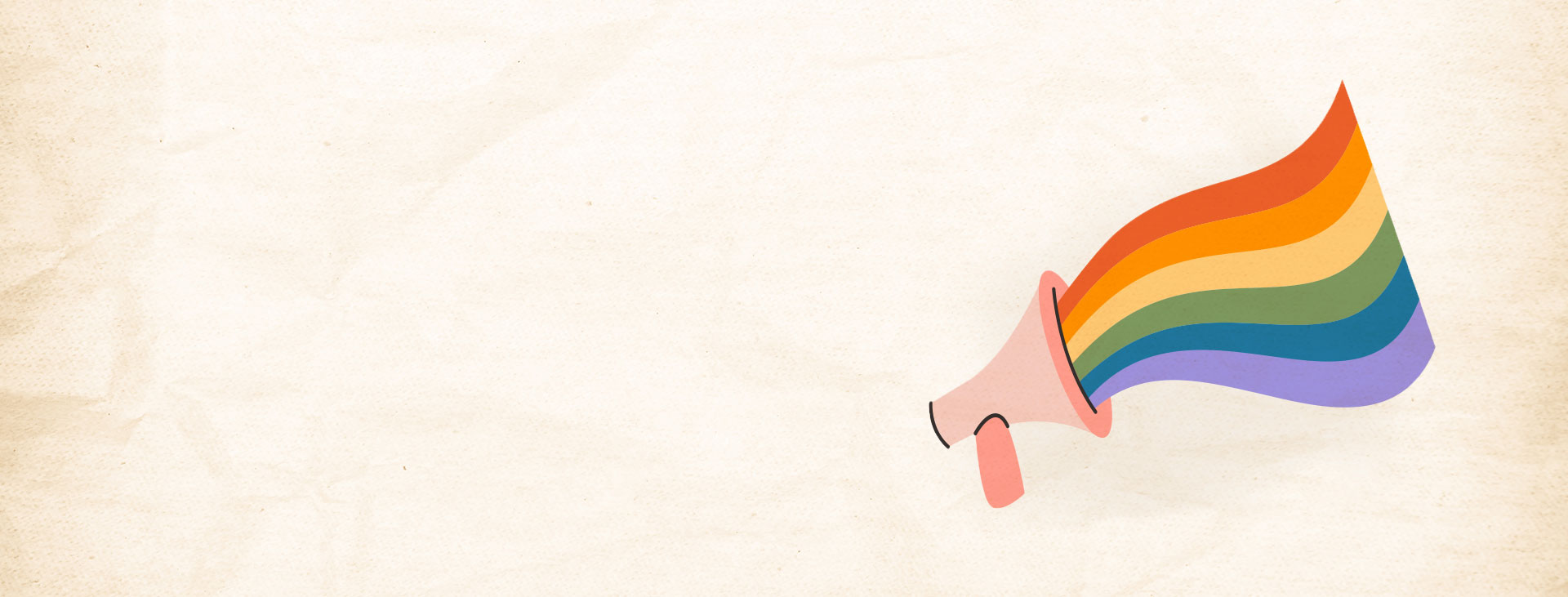
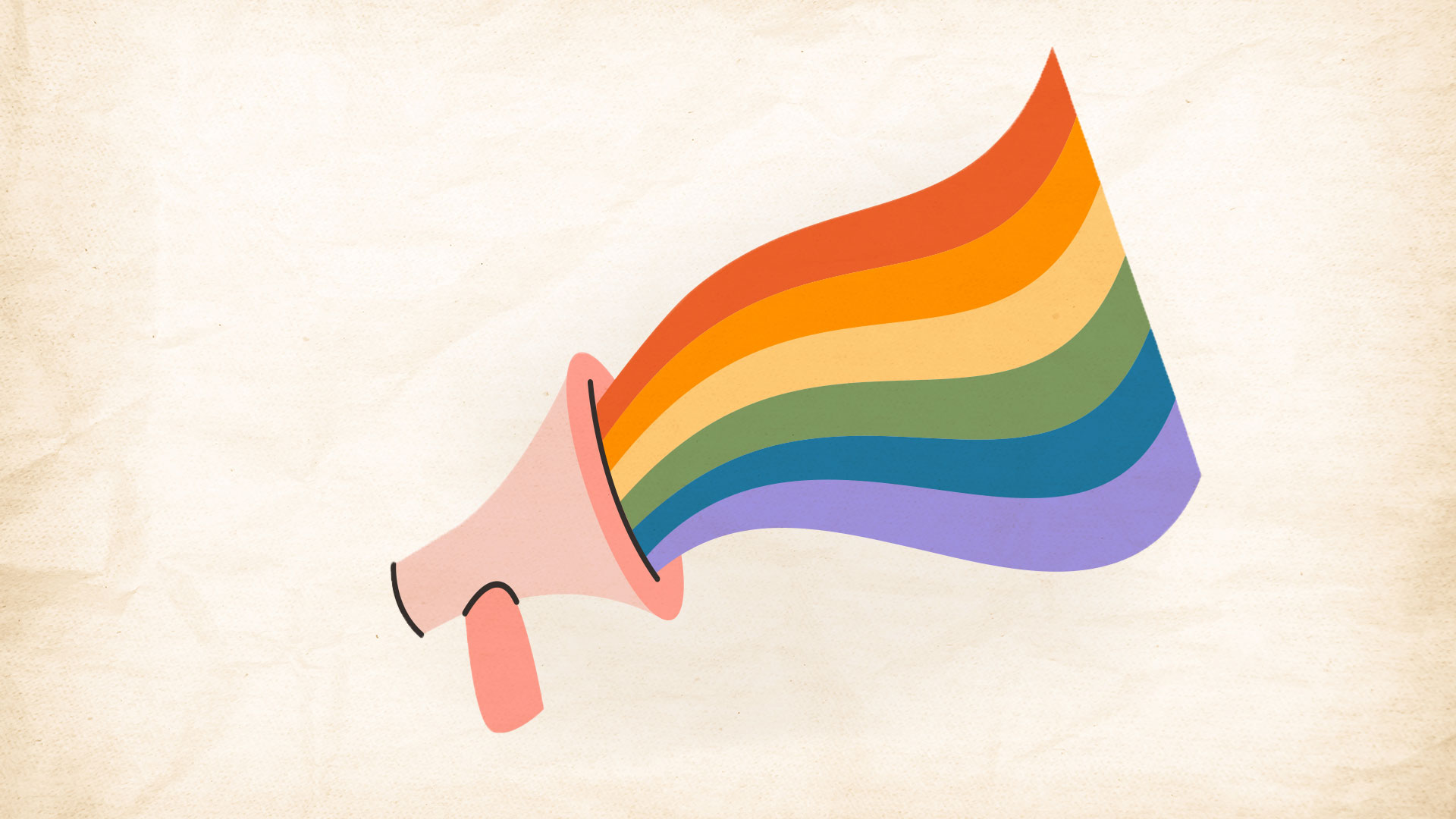
It’s officially Pride Month, which means that we’re once again asking the question: is there ever a way for advertisers to do it “right—” or rather, is there such thing as a campaign that’s effective at marketing to LGBTQIA+ people in an authentic and non-pandering way?
Queer representation has existed since the 1920’s, when the decade’s economic boom gave way to a strong queer scene in Chicago’s South Side and in New York City. Sexual liberation was the theme of the era and large networks of queer and gender-nonconforming people began to take shape. The first LGBTQIA+ rights organization, the Society for Human Rights was also founded in 1924 by Henry Gerber.1
By 1930 and 1940, however, there was a stark switch in public sentiment as propaganda against the queer community became popular. The Great Depression led to a narrative of queer people as flighty and unburdened, and thus subject to police brutality and ridicule.2
A rocky journey through the next few decades—complete with the Lavender Scare, Executive Order 10450 banning LGBTQIA+ people from being government workers, the Stonewall Uprising, and the AIDS Crisis—led to public sentiment that was mixed at best. But in 1981, we started to see the beginnings of major corporations taking a stand for the queer community and diversifying their ads to speak directly to them. In 1981, Absolut Vodka became one of the first brands to take a stand with their “Absolut Perfection” series, which made it clear that they saw no issue with queer identities.3
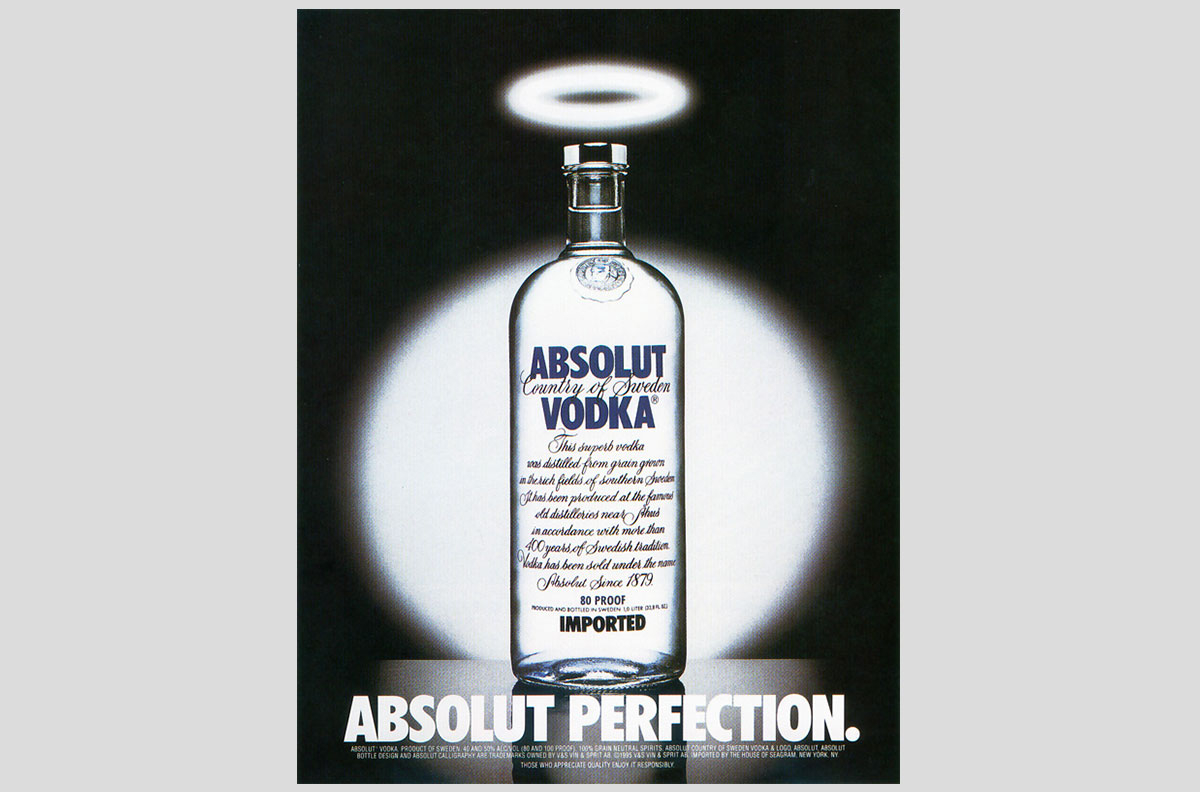
More big brands followed suit in the 90’s, with Subaru publishing their “it’s not a choice, it’s how we’re built” ads and IKEA airing the first TV spot featuring a gay couple. Clearly, there was still a long way to go, but brands were beginning to foray into public support—a bold and groundbreaking foray exiting the height of public fear and negative perception.
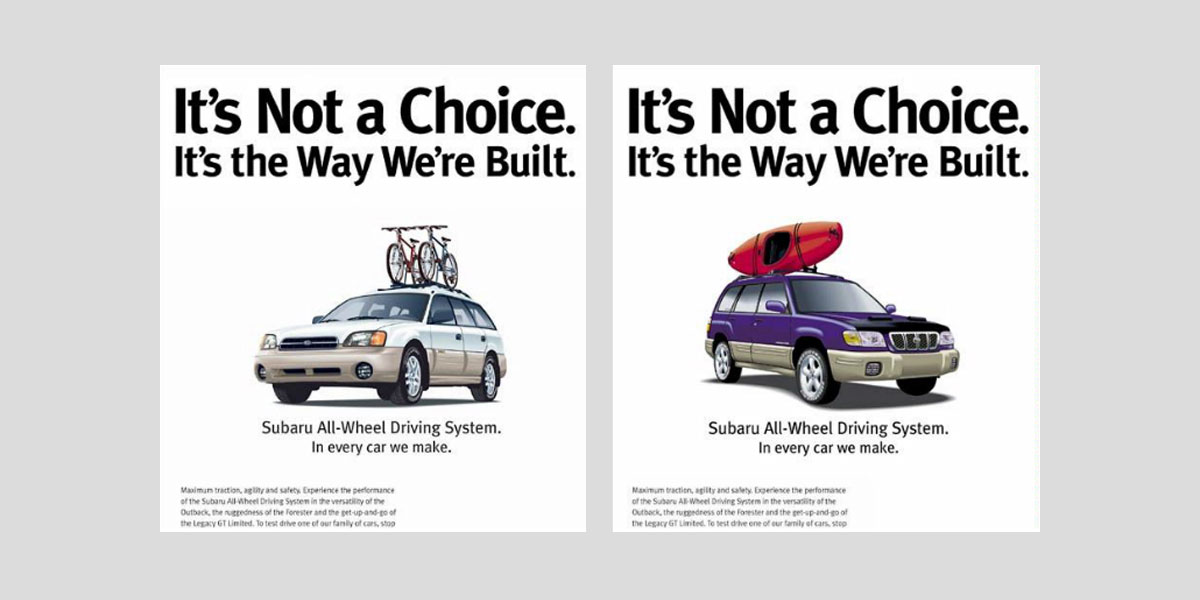
When we look back on our own repertoire, the evolution of our messaging is clear. Right around True North’s start, in 1995, we worked with telephone company Baby Bell, USWEST, to develop a campaign that promoted their phone bundling packages. Our campaign slogan, “Your Phone Says Something About Your Style,” was coupled with not-so-subtle images that reflect subsectors of the queer community.
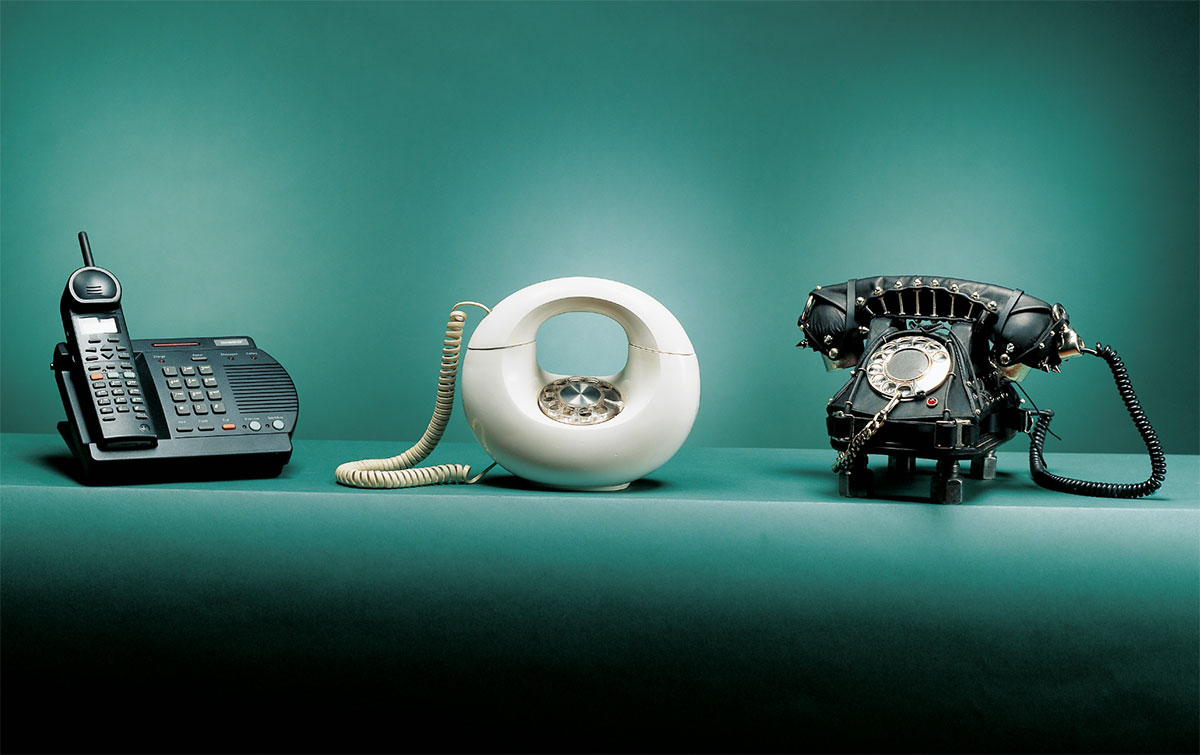
The landscape changed over the next 18 years, and our work with HRC was a microcosm of the larger conversation surrounding marriage equality. We worked with them to develop a straightforward tagline to fundraise to support marriage equality, and a series of social and display ads that responded to the Supreme Court decision.
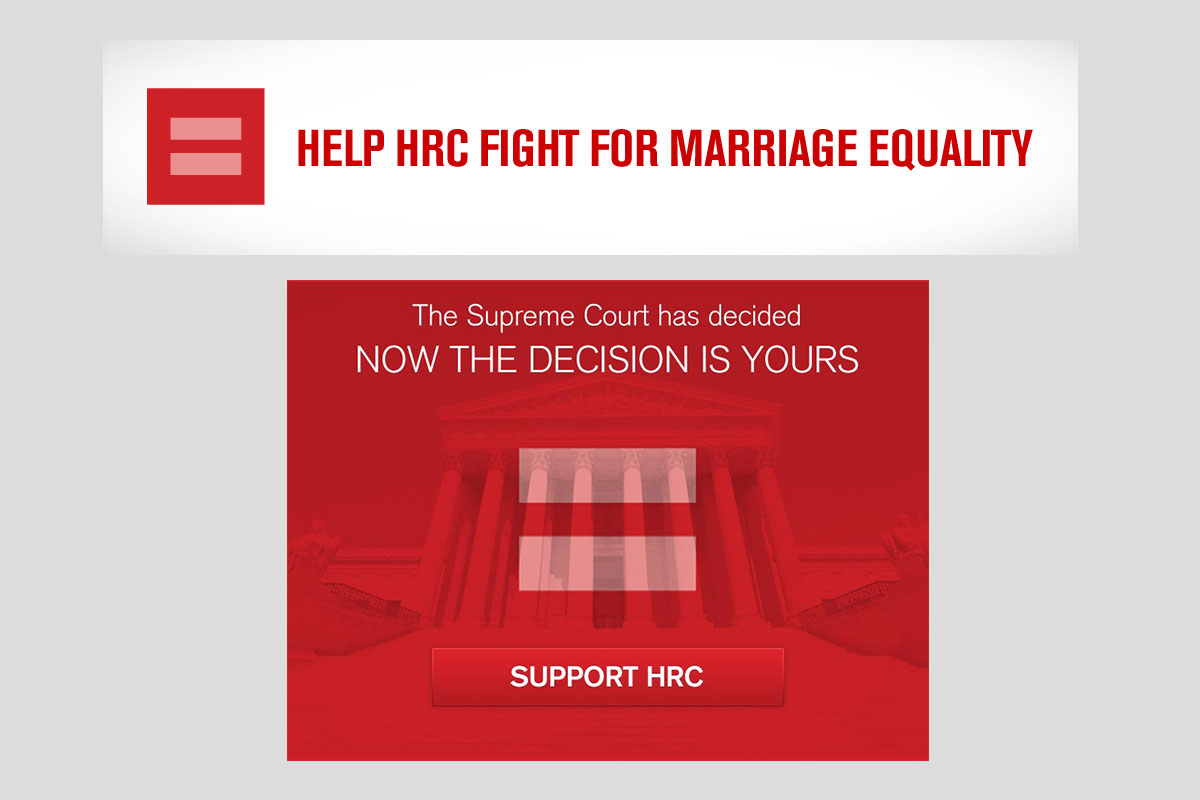
But even with our consistent work in the space, we stopped to ask ourselves—what is the true motive behind LGBTQIA+ campaigning for companies and politicians? Is it genuine support, or is it a marketing ploy? Companies like Ben and Jerry’s discuss intersectionality and equality year-round on their Instagram page, while corporations like Walmart simultaneously sell Pride products while donating to anti-LGBT organizations.
Certainly today, the lines between bold support and trendy marketing have been blurred, given the huge strides the queer community has made in terms of marriage equality and public perception. It was once courageous for brands to speak out in support; now in many ways it’s expected. With multiple studies showing that consumers and employees prefer brands that support gay rights, it can be “bolder” for brands to not show their commitment to equality.4
Pride Month marketing will likely always be under scrutiny, especially for brands that stay silent for the remaining 11 months of the year. Perhaps the next phase of queer marketing is decentralizing June, and instead considering diverse audiences year-round. Creative that showcases different family styles, speaks to different love interests, and is more candid and open about equality will root brands in authenticity—and after all, isn’t authenticity what this is all about?

